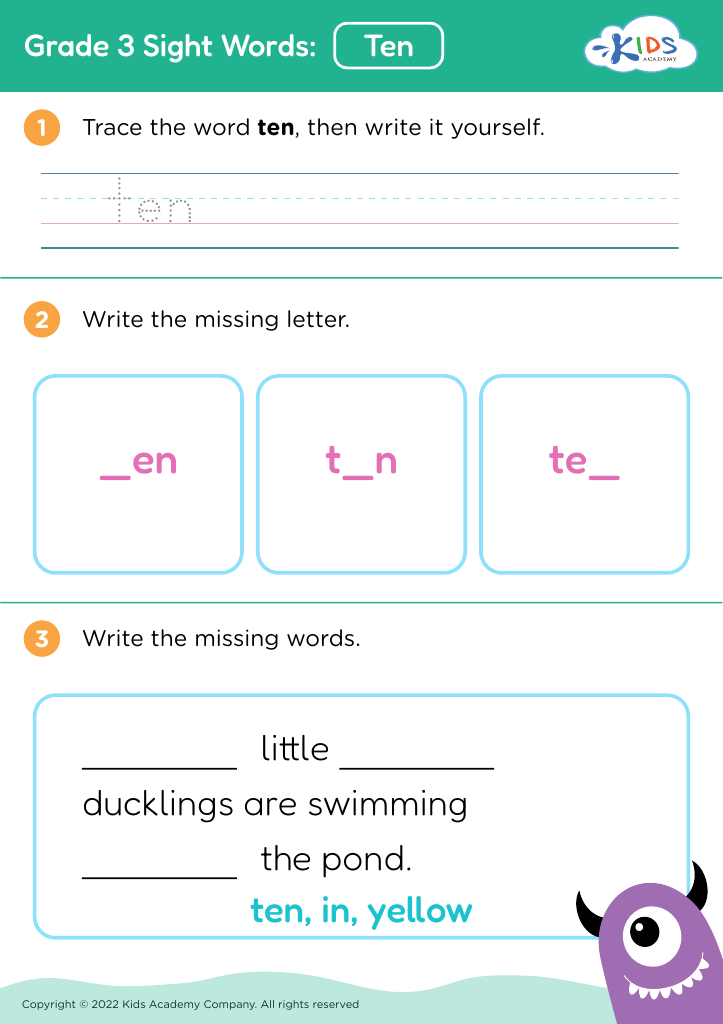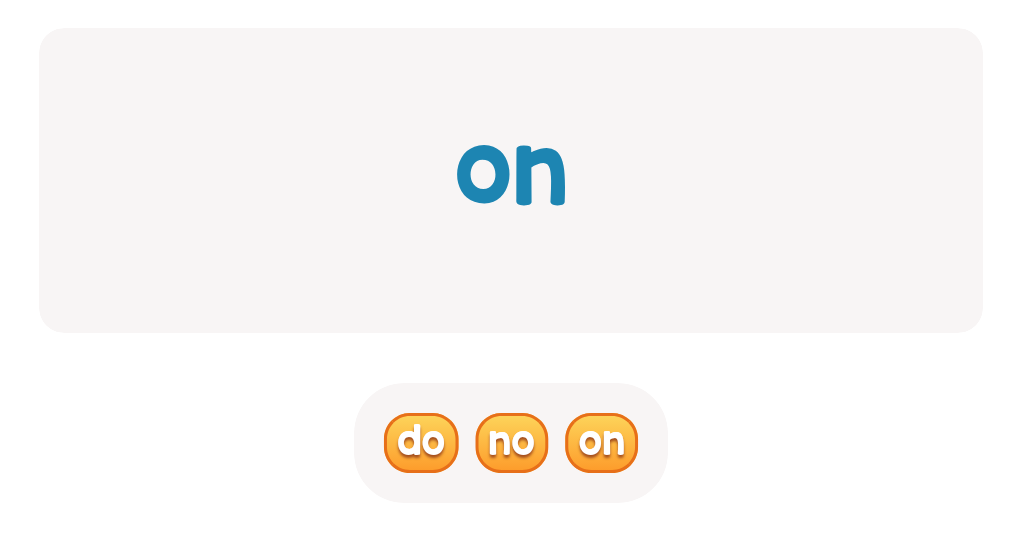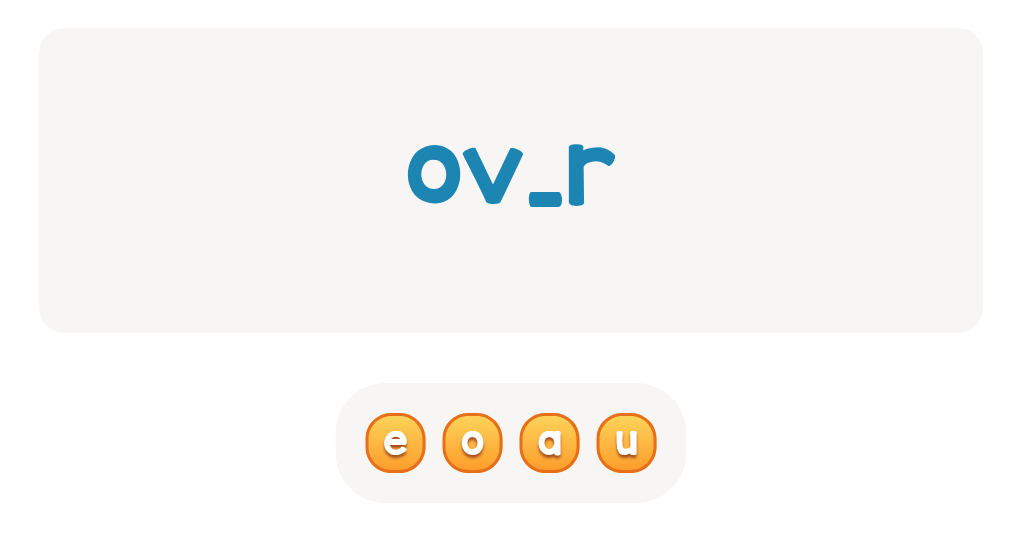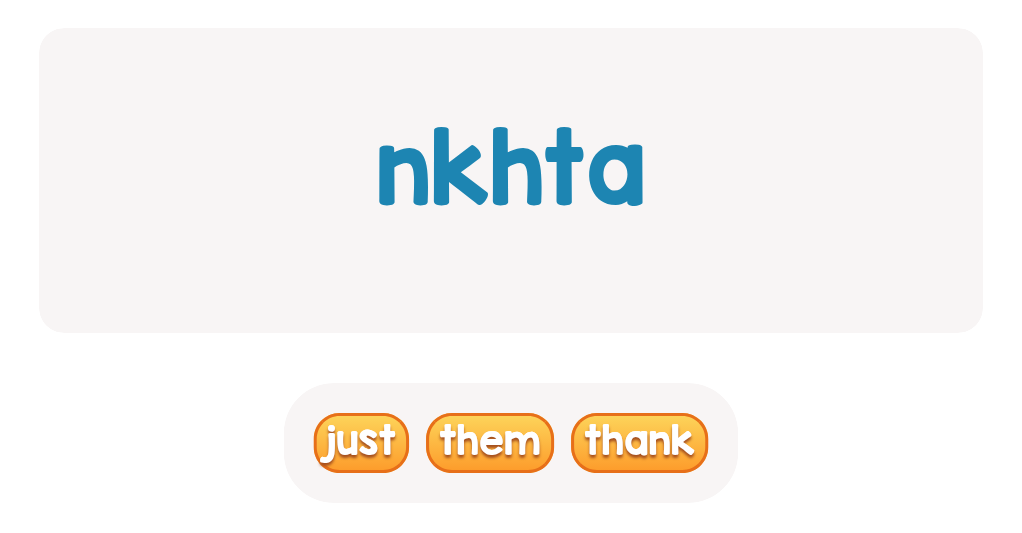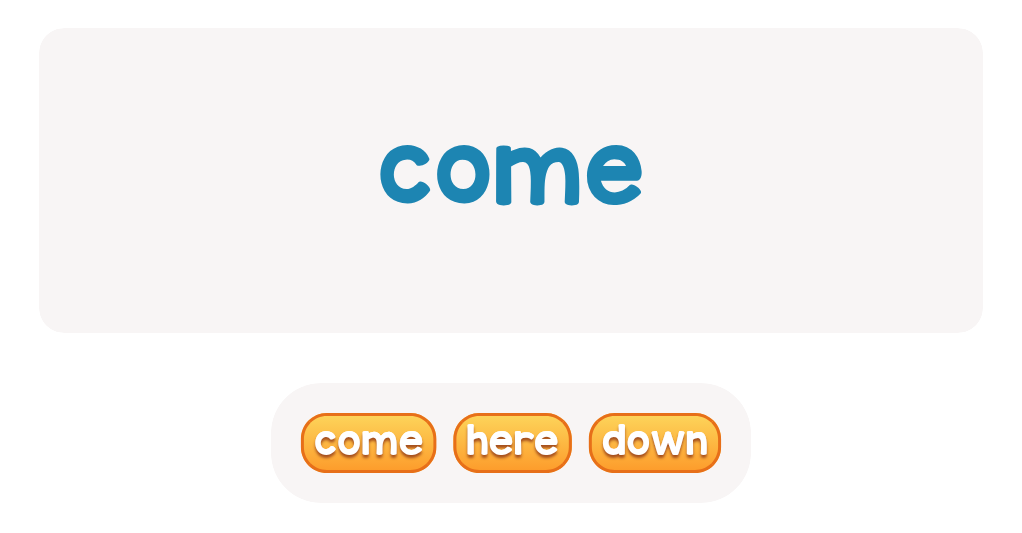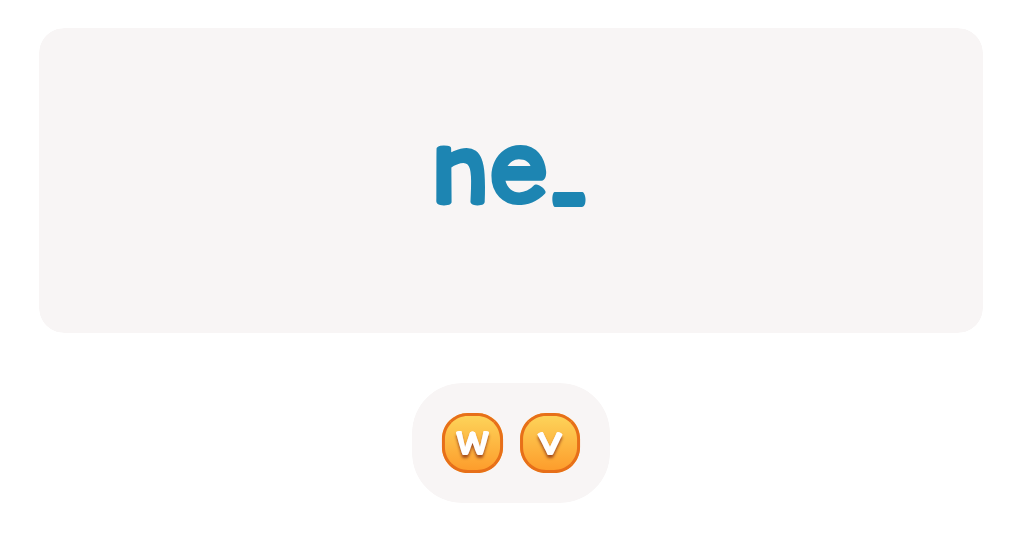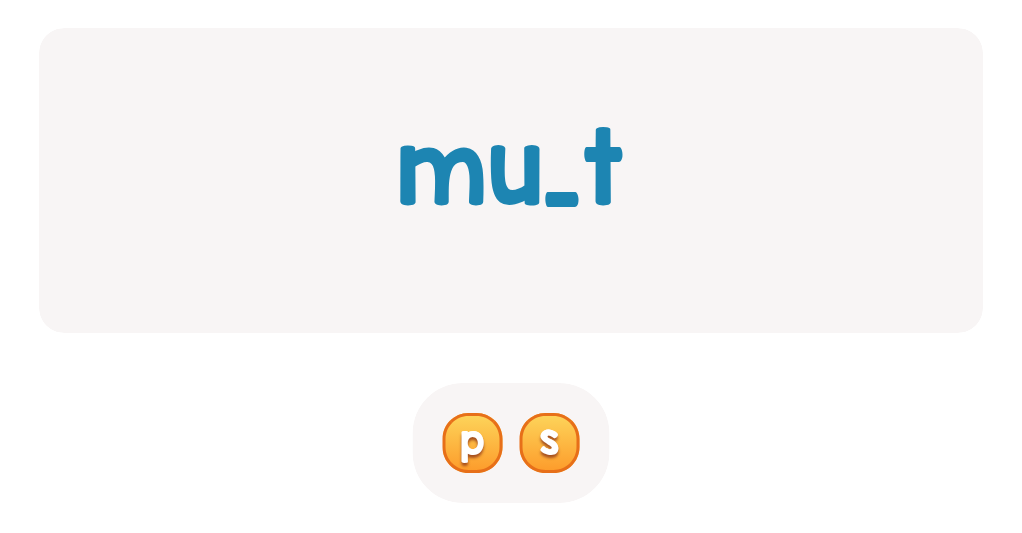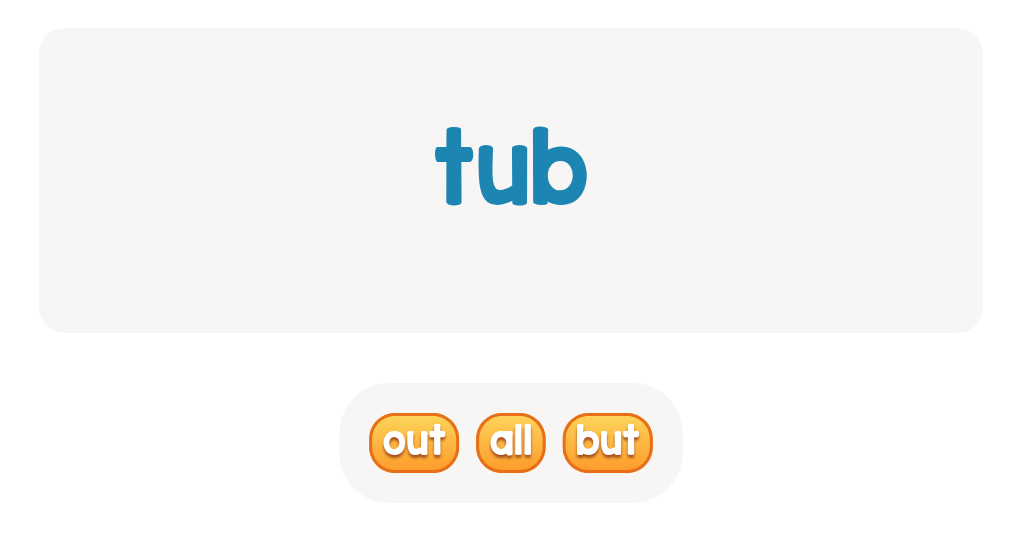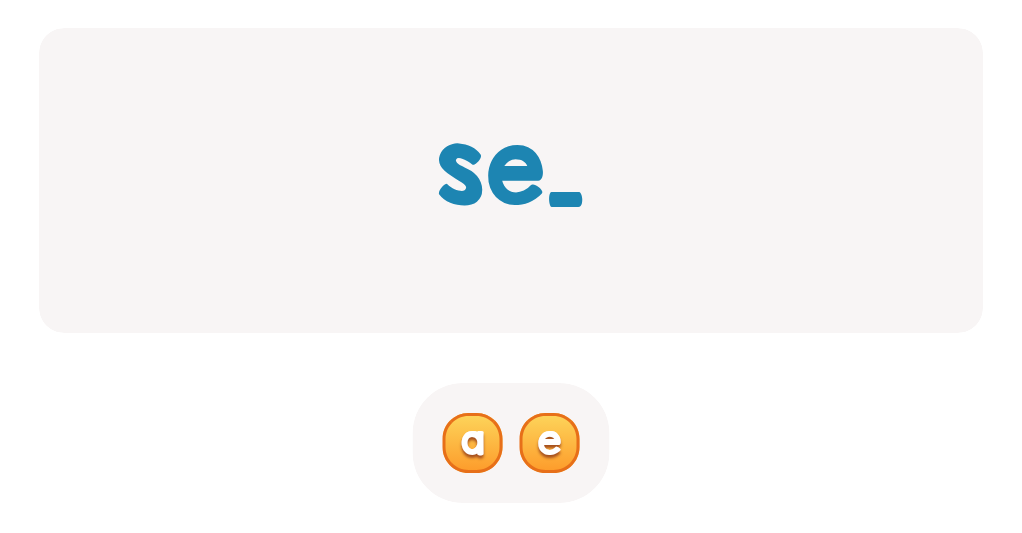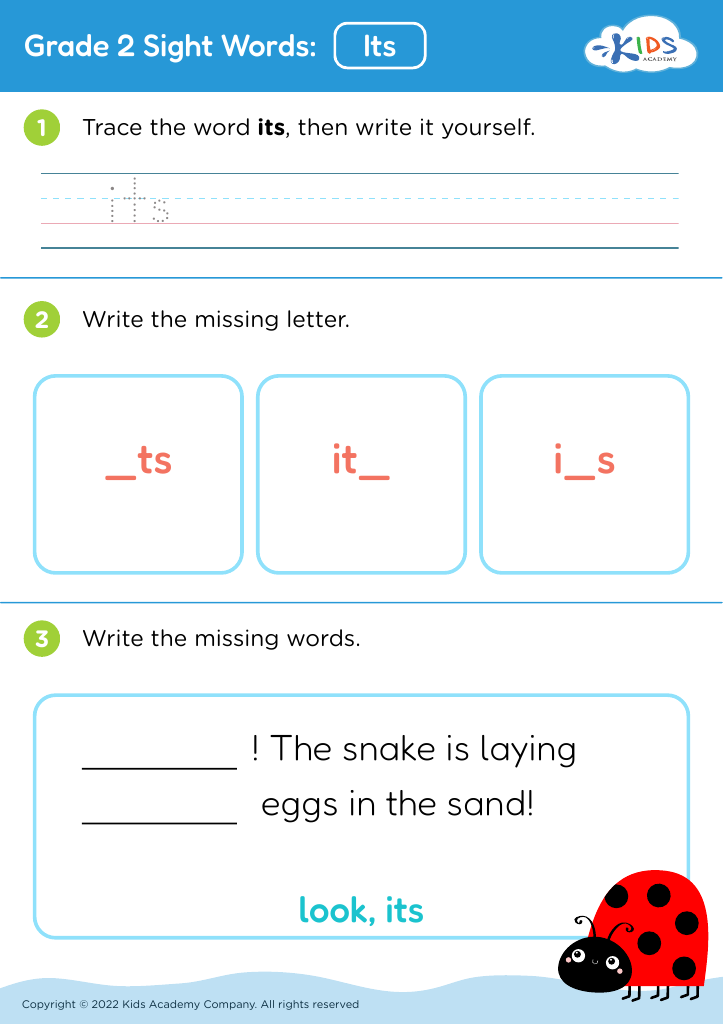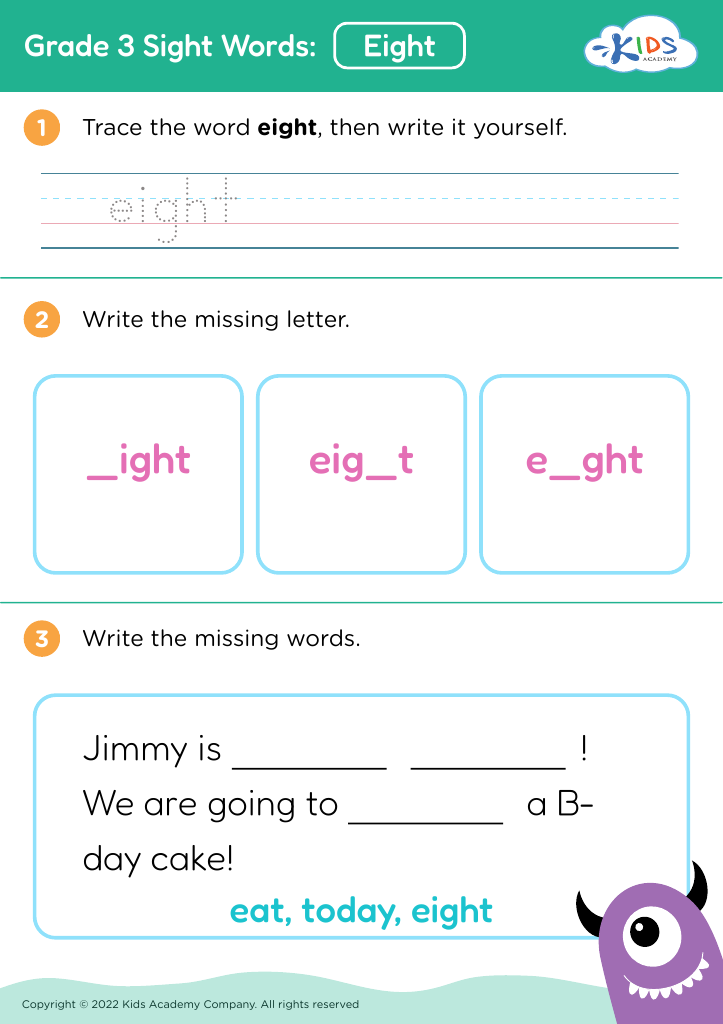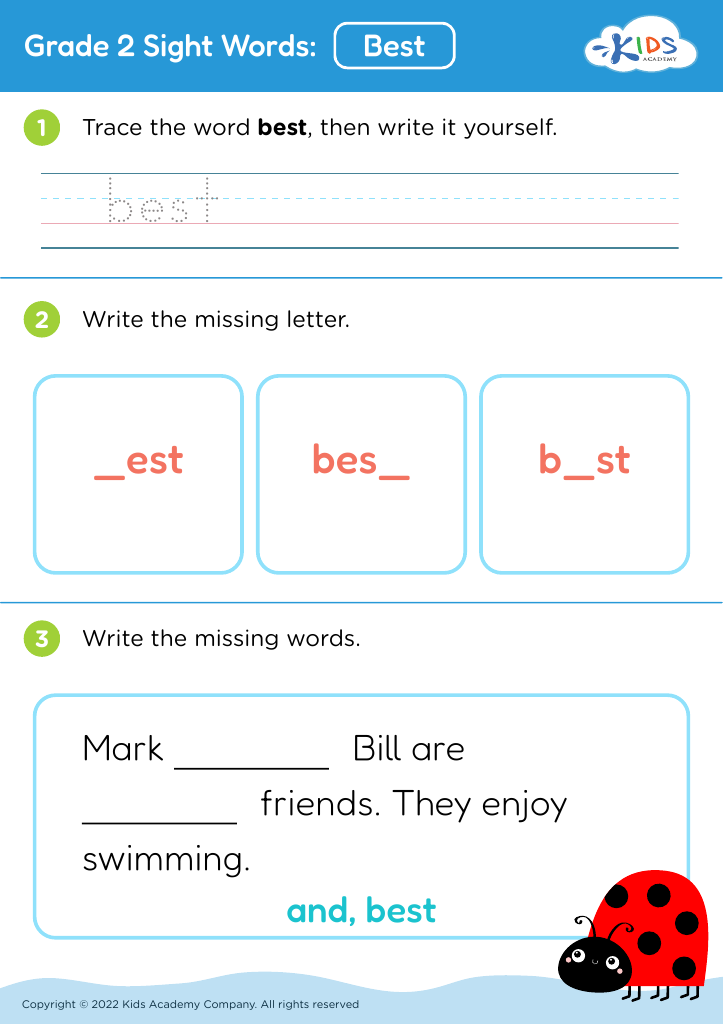Recognizing shapes Sight Words Worksheets for 8-Year-Olds
5 filtered results
-
From - To
Welcome to our "Recognizing Shapes Sight Words Worksheets" designed specifically for 8-year-olds! These engaging printable worksheets combine visual learning with essential sight word skills, helping students identify geometric shapes alongside reading practice. Each worksheet provides interactive exercises that encourage children to recognize and name shapes while enhancing their vocabulary. With colorful illustrations and fun activities, these resources promote active learning and improve literacy skills. Perfect for teachers and parents alike, our worksheets offer a creative way to reinforce both shape recognition and reading fluency. Explore our collection today and help your child build confidence in these foundational skills!
Recognizing shapes and sight words are crucial skills for 8-year-olds that significantly impact their overall learning and cognitive development. Understanding shapes helps children enhance their spatial awareness, improving their ability to visualize and manipulate objects in their environment. This foundational knowledge not only applies to math concepts, such as geometry, but also supports skills in art, science, and critical thinking.
Sight words, on the other hand, are essential for fluency in reading. These high-frequency words form the basis of a child’s reading vocabulary, enabling them to recognize words quickly without having to sound them out. This fluency allows for smoother reading experiences, facilitating better comprehension and a greater love for reading. Enhancing these skills fosters confidence and independence, empowering children to tackle more complex texts and mathematical concepts.
Both shape recognition and sight word proficiency promote essential skills such as problem-solving, critical thinking, and effective communication. Therefore, parents and teachers should actively prioritize and facilitate activities that encourage mastering these competencies, as they lay the groundwork for future academic success and lifelong learning. Recognizing these skills’ importance can lead to more targeted support and resources, ensuring children receive the benefits necessary for their holistic growth and development.
